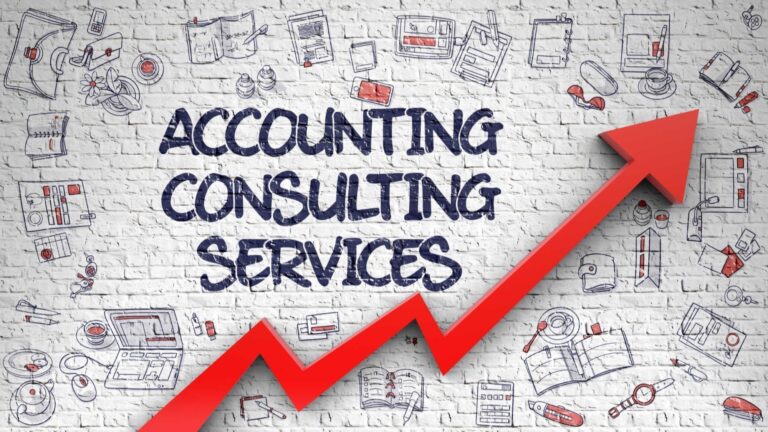Understanding international taxation can feel daunting. You want to comply with laws and optimize your finances, but the details often seem overwhelming. As an expat, knowing how taxes affect you is crucial. This guide helps you grasp the essentials. You will learn about double taxation and tax treaties. Avoid penalties with informed planning. A CPA in Havertown, PA, can provide guidance tailored to your situation. Navigating these rules ensures peace of mind and financial well-being. You deserve clarity in this complex world. Empower yourself with knowledge and make informed decisions. You can confidently handle your tax responsibilities. Taking proactive steps today benefits your future. Remember, understanding international taxation is not just about following rules. It is about securing your financial health. With this information, you are better equipped to tackle challenges and seize opportunities. You will find the path to financial stability and peace of mind.
Understanding Double Taxation
As an expat, you might face taxes in two countries: the one where you live and the one where you earn your income. This is known as double taxation. To ease this burden, many countries have agreements to avoid taxing you twice. These are called tax treaties. Tax treaties can lower what you owe or exempt some income from taxes altogether. Each treaty is different. Check the specifics that apply to your situation.
Key Tax Treaties Provisions
Tax treaties often define where your income is taxed. They determine who gets the right to tax various types of income like wages, dividends, and pensions. Treaties also help define tax rates that apply. These agreements simplify filing and help avoid double taxation. They usually include a residency clause. This clause determines which country gets the primary right to tax you.
Filing and Reporting Requirements
You must report worldwide income to both your home and host countries. This includes wages, rental income, and investment gains. Being aware of reporting requirements is essential. Filing requirements can vary based on your earnings and residency status. You might need to file additional forms to claim treaty benefits. Failure to comply can result in penalties and interest on unpaid taxes.
Foreign Earned Income Exclusion
The Foreign Earned Income Exclusion (FEIE) allows qualifying expats to exclude a certain amount of their foreign income from U.S. taxation. For 2023, this limit is $120,000. To qualify, you’ll need to meet either the Physical Presence Test or the Bona Fide Residence Test. Each test has specific criteria, mainly based on your presence or residency status in a foreign country.
Data Table: Comparison of Tax Obligations
| Country | Tax Rate on Foreign Income | Tax Treaty Benefits |
|---|---|---|
| USA | Up to 37% | Varies by treaty |
| UK | 20% – 45% | Residence-based relief |
| Canada | 15% – 33% | Tax credit for foreign income |
Seeking Professional Assistance
Given the complexity of international taxation, professional guidance can be valuable. A knowledgeable CPA understands the nuances of tax treaties and exclusions. They can advise on strategic tax planning and ensure all reporting is accurate. This expertise helps prevent costly mistakes and ensures compliance with both countries’ regulations. If you are unsure about any aspect of your tax situation, consult a professional. They can make the process smoother and more efficient for you.
Taking Steps to Avoid Pitfalls
Be mindful of the deadlines. Filing late can lead to penalties. Keep thorough records of all income and taxes paid. Document your residency status and any changes clearly. This documentation is essential when claiming treaty benefits or exclusions. Proactive planning can prevent issues with tax authorities and help maintain your financial security. By understanding your obligations and using resources wisely, you can manage your taxes with ease.
Conclusion
International taxation does not have to be intimidating. With the right knowledge and resources, you can confidently handle your tax responsibilities as an expat. Understand treaties, know your exclusions, and seek professional help when needed. These steps ensure you meet requirements and optimize your financial health. Make informed decisions and secure peace of mind. The complexities of international taxation become easier to manage with clear guidance and careful planning.





